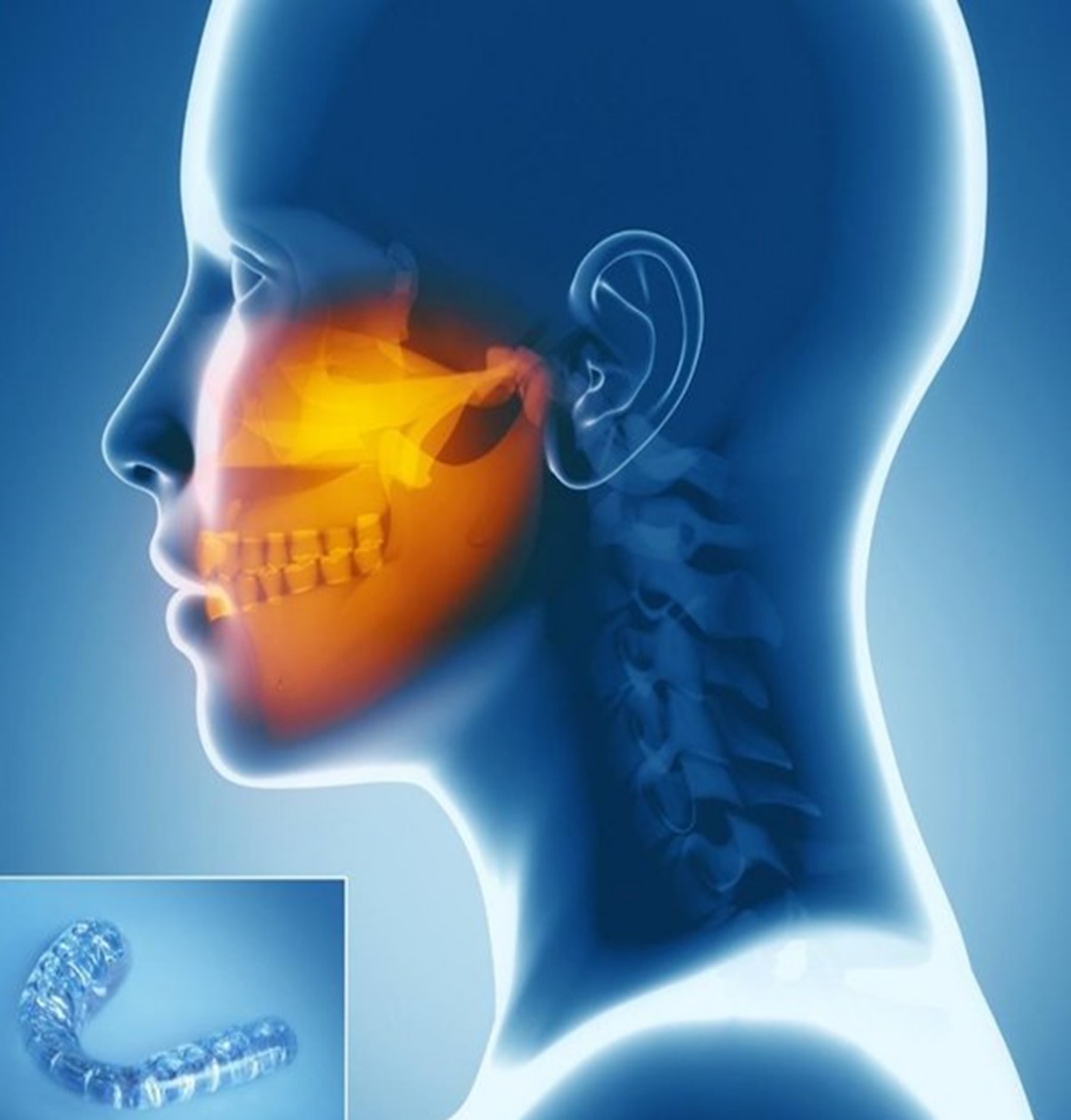Functional aspect of Smylist®
"The principles on which the Smylist® system is based goes way beyond existing concepts of occlusion and mandibular guidance" ..... Dr. Maria Csillag
In the Smylist® concept, function is based on muscle harmony and balanced mandibular
positions. Smylist® has identified mandibular deviations and disharmonies and termed it as a rotation of the mandible. There are a number of factors which leads to this functional disharmony.
The functional considerations made by the Smylist® concept are the skeletal position of the maxillary teeth, the relationship of the maxillary to the mandibular teeth, the occlusion, the occlusal plane and the effect these factors have on the facial musculature (Masticatory and mimic muscles). The mandible has only one balanced position. This position is called the balanced mandiblar position (BMP) and the occlusion is balanced with the maxillary teeth and called the Balanced Occlusal Position (BOP). The muscles on the left and right are relaxed and symmetrical without being either overstretched or contracted. Any other position of the mandible is a forced position. In this situation then mandible has a Forced Mandibular Positon (FMP) or a Forced Occlusal Positon (FOP). This balanced position of the mandible and the proper vertical dimension can be identified by using the Smylist deprogramming technique.
Smylist® has shown that if the function is not in place the aesthetics as well as the dentition does not last long enough and that a variety of systemic problems start and get established. The improper function is an outcome of a rotated mandbile and a rotated mandible can create tell tale signs on the face and the body. Wrinkles on the face, asymmetrical facial muscles, deviated midlines, incorrect body postures and body imbalances can be observed in such situations. These signs help identify the kind of mandibular rotation and the changes are reflected all the way down to the feet. Smylist® has the diagnostic device, the Staticus which helps diagnose the mandibular rotation.

